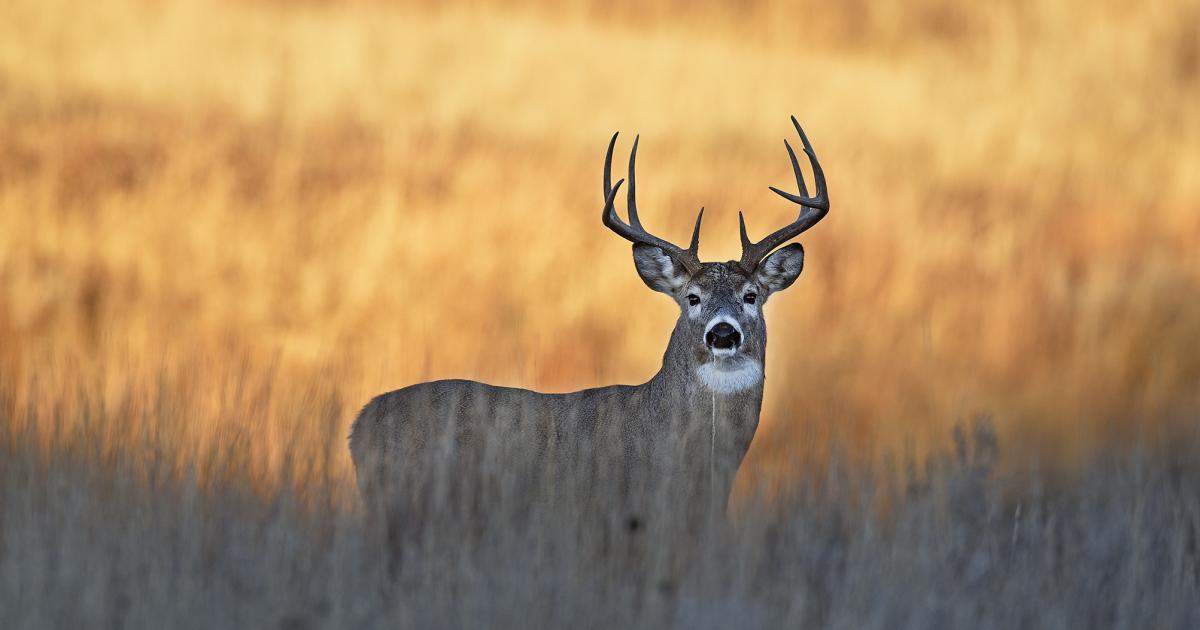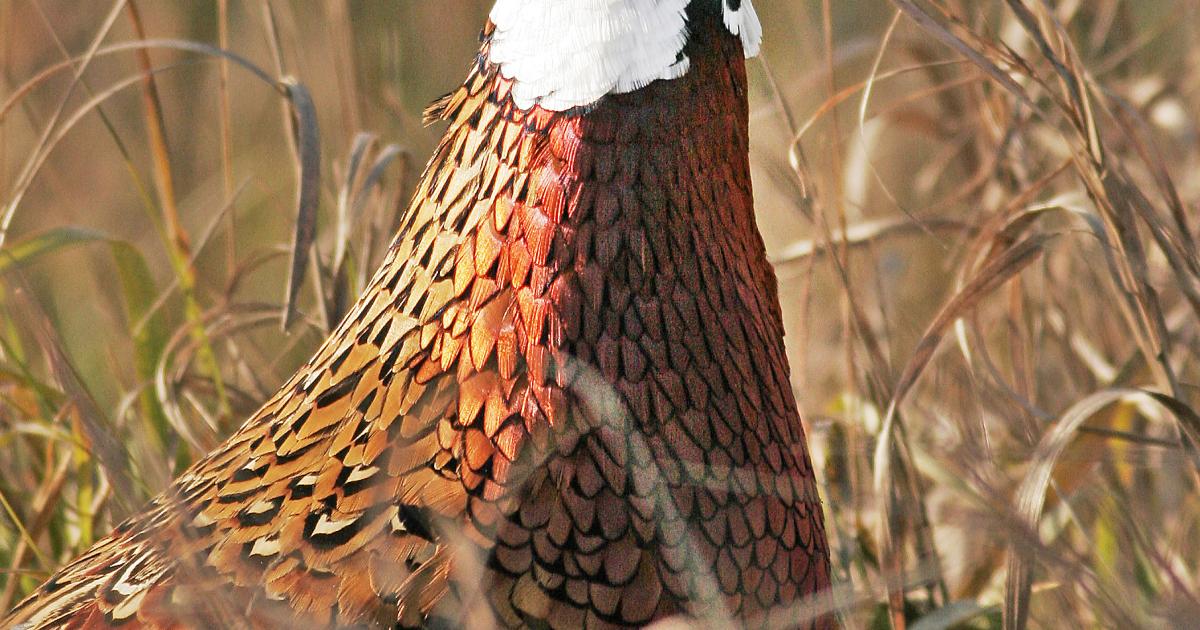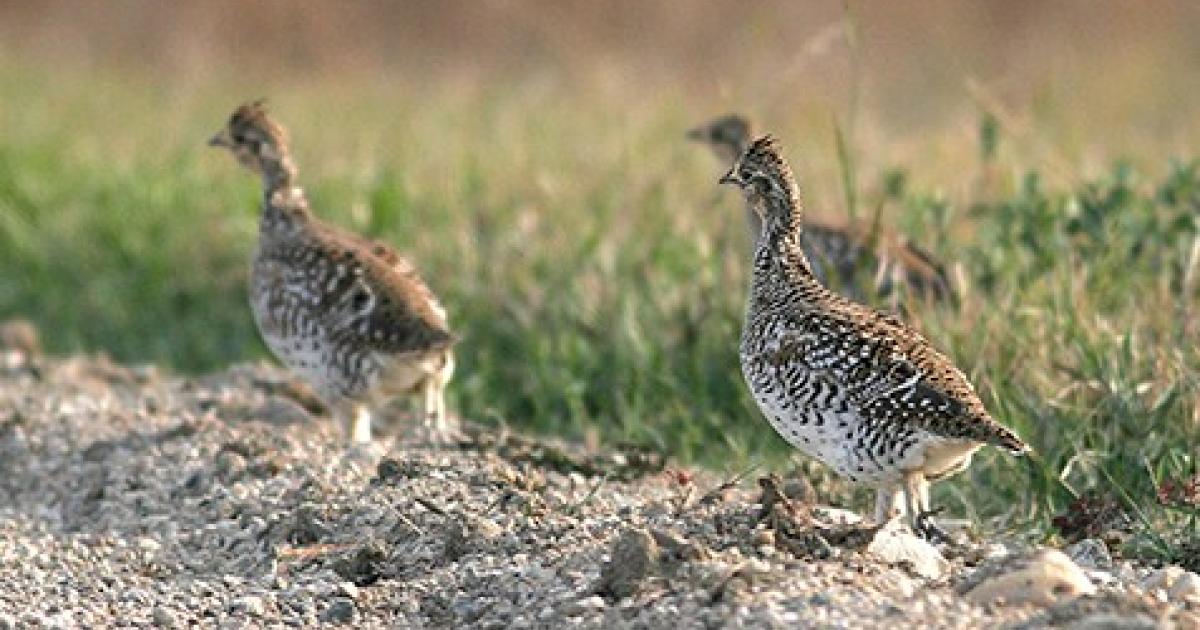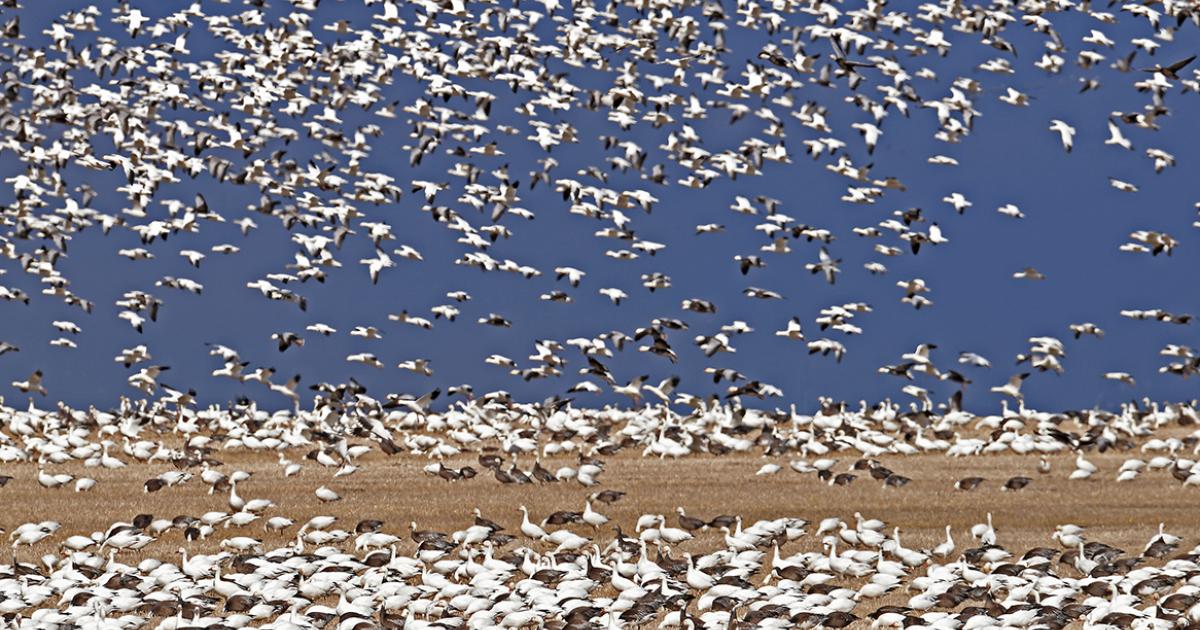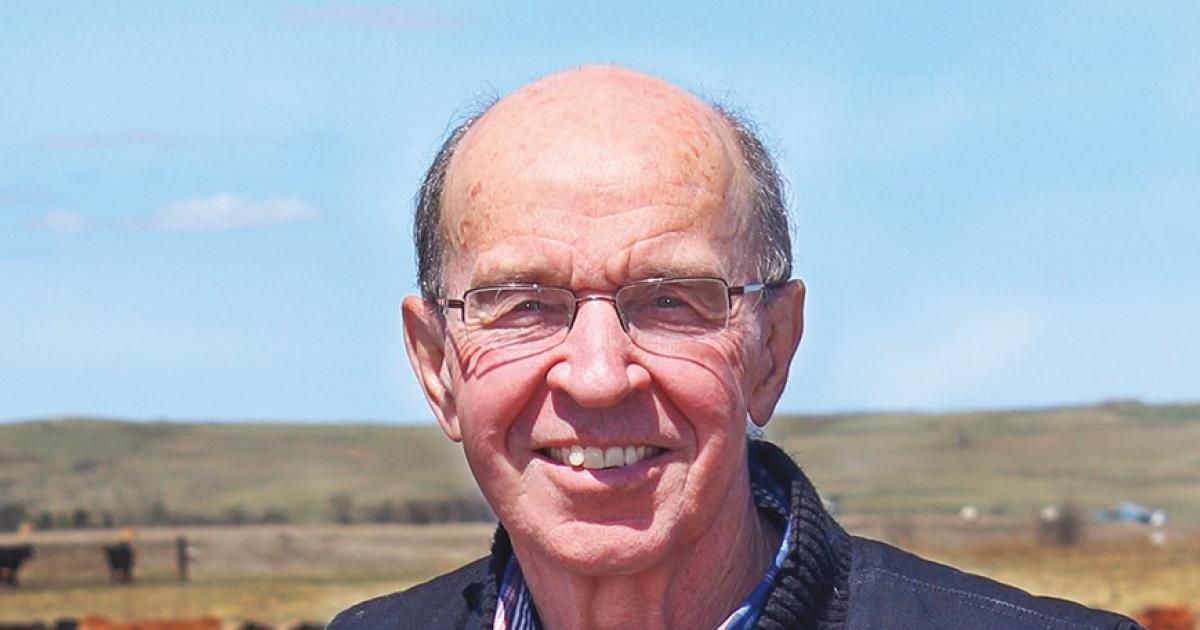From the N.D. Game and Fish Department
Year-round weather conditions are always a significant factor when it comes to fall hunting prospects. This year’s weather balance, for the most part, tips toward the positive.
The following season preview is a condensed version of an article that originally appeared in the August-September issue of the N.D. Game and Fish (NDGF) magazine, North Dakota
Hunters and trappers can find more information, including season details and regulations for upland game, migratory game birds and furbearer hunting and trapping, on the NDGF website at www.gf.nd.gov(link is external) or by calling 701-328-6300.
PHEASANTS
North Dakota’s spring pheasant population index was up about 6 percent from last year. The primary regions holding pheasants ranged from up 14 percent in the southeast and up 17 percent in the northwest, to down 8 percent in the southwest.
While the spring number is an indicator, the late July through September brood surveys provide a much better estimate of summer pheasant production and what hunters might expect for a fall pheasant population. Weather conditions have been generally favorable for pheasant brood production this summer.
WILD TURKEYS
Turkeys have produced well in North Dakota the past couple years. As such, NDGF increased spring license numbers significantly in 2019, topping the 6,000 mark for the first time since 2008. For the fall turkey season, 3,660 licenses are available, 50 fewer than last year.
SHARP-TAILED GROUSE
Sharptails are beginning to rebound after the 2017 drought, with the spring 2019 census indicating a 9 percent increase from last year. In 2018, nearly 13,100 grouse hunters harvested 45,600 sharp-tailed grouse, down about 3 percent from the previous year.
DUCKS
The N.D. Game and Fish Department’s 72nd annual spring breeding duck survey indicated an index of 3.4 million birds, up 20 percent from last year. Spring wetland conditions are generally good, except for the north central part of the state.
The number of broods observed during NDGF’s July brood survey was down 9 percent from 2018, but 59 percent above the 1965-2018 average. July wetland counts were up 41 percent from 2018 or 34 percent above the long-term average.
The forecast for the fall flight of ducks from North Dakota this year will be up about 5 percent from last year – and the highest since 2014.
GEESE
Numbers of resident Canada geese, western prairie Canada geese and arctic nesting tallgrass prairie Canada geese, snow geese and Ross’s geese all remain high.
NDGF added a new zone structure for hunting Canada geese last year. This change aims to increase harvest opportunity in regions where geese are causing more problems, while maintaining late-season opportunities in parts of the state where geese are readily available.
SANDHILL CRANES
The mid-continent sandhill crane population is in good shape heading into fall. Survey numbers are not finalized for 2019, but initial reports indicate numbers comparable to the record-setting 2018 totals. In addition, the three-year population index used for guiding hunting season regulations has been stable to slightly increasing for several years.
Wetland conditions throughout much of North Dakota also improved tremendously this summer, which will provide plenty of options for roosting sandhill cranes during fall migration.
WHITE-TAILED DEER
Winter aerial surveys were generally good to excellent throughout most of the state. NDGF made 65,500 licenses available for the 2019 hunting season, an increase of 10,350 from 2018.
Population and harvest data indicate the state’s deer population is stable to increasing, but still below management goals in most eastern hunting units. Consequently, there was a moderate increase in deer licenses allocated in 2019 to increase hunting opportunities, while continuing to encourage population growth.
MULE DEER
Mule deer densities remain high in 2019, although somewhat lower than 2018 figures. NDGF increased the number of both mule deer buck and doe licenses, and all mule deer units have anterless licenses this year. This is the first year since 2011 that anterless licenses were issued in hunting unit 4A.
A mule deer buck license remains one of the most difficult to draw, but for those lucky hunters, it should result in a high-quality hunt. Mule deer buck hunters in 2018 tallied an 81 percent success rate.
PRONGHORN
North Dakota hunters will again have more opportunities to hunt pronghorn this year due to a slowly expanding population.
Biologists conducted aerial surveys in early July and found that the number of pronghorn in the state increased by 4 percent from the previous year. The population increased to just over 9,800 animals, the highest estimate since 2009.
FURBEARERS
Trappers and hunters should expect to see fewer coyotes throughout the state this year, as both harvest and spring survey numbers were down from 2018. Red fox numbers remain low throughout the state, and muskrats have yet to rebound after their numbers dipped in 2013. Similarly, spring surveys indicated decreases in beavers and skunks throughout most of the state, while badger, mink and racoon numbers are up slightly in some regions compared to last year.


